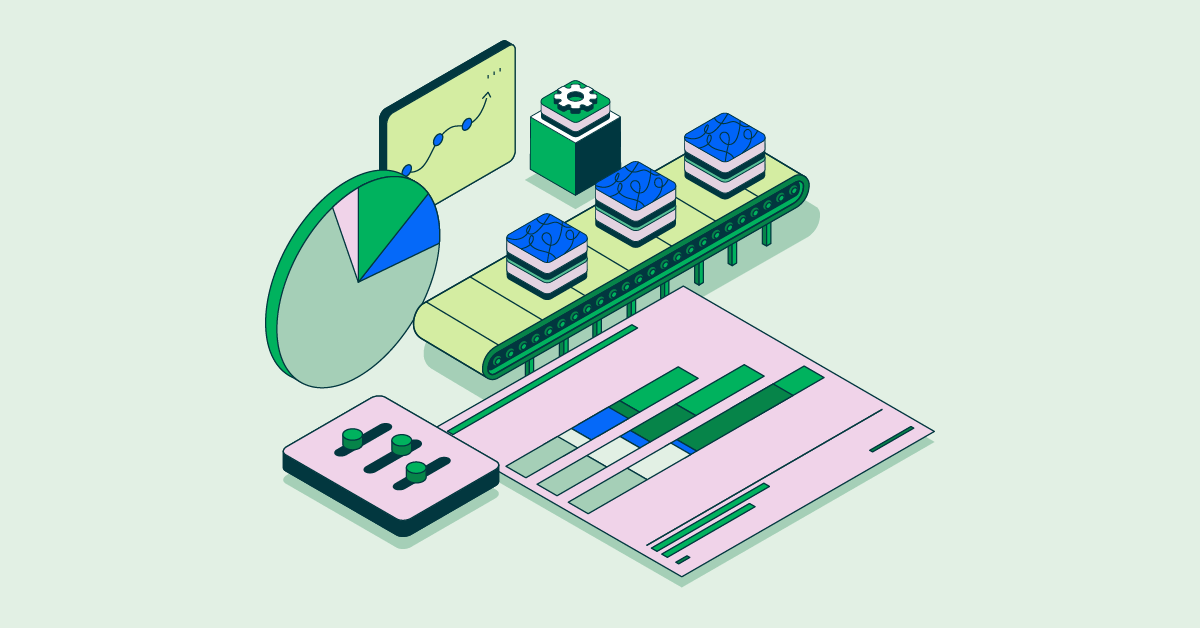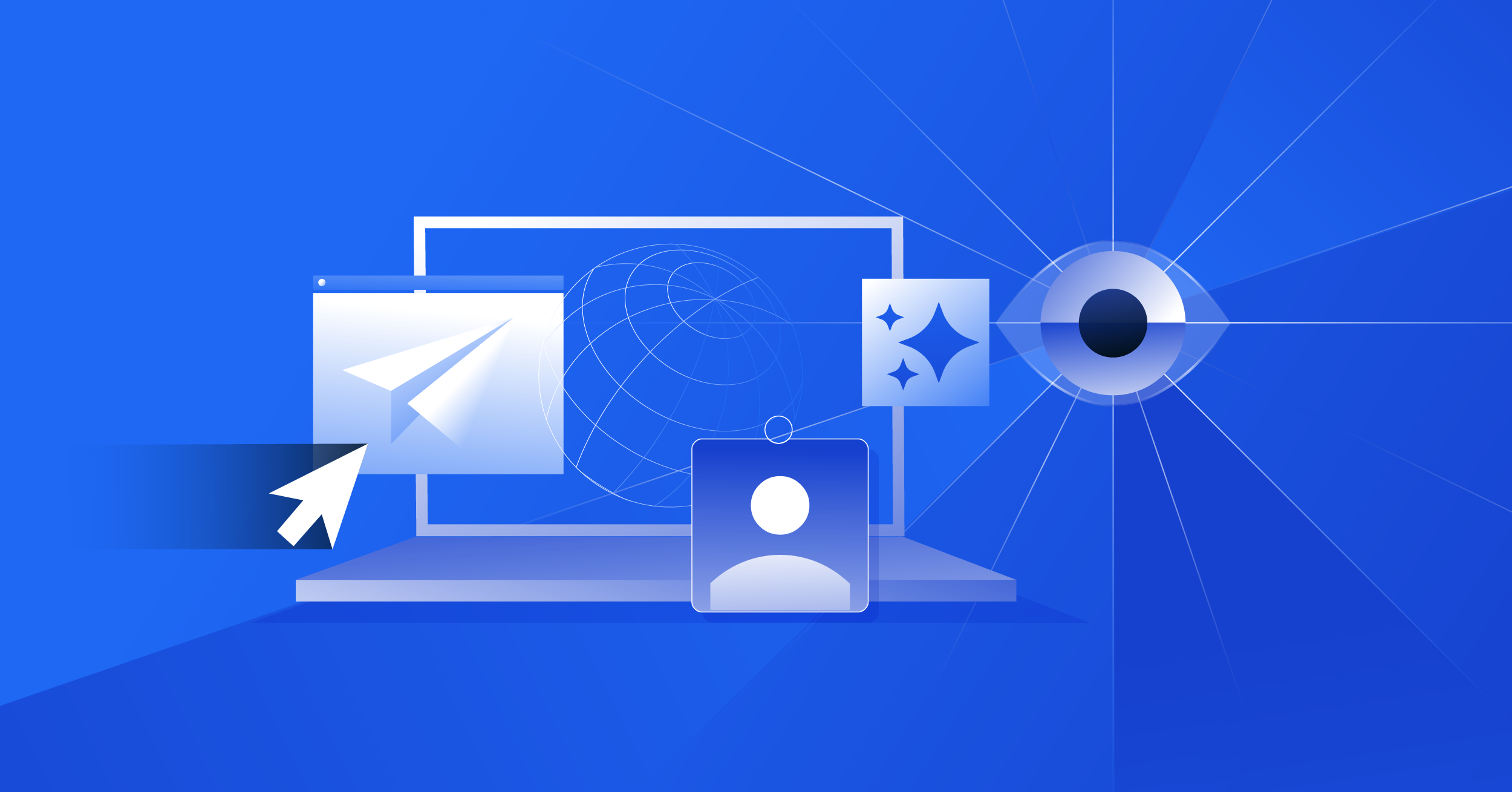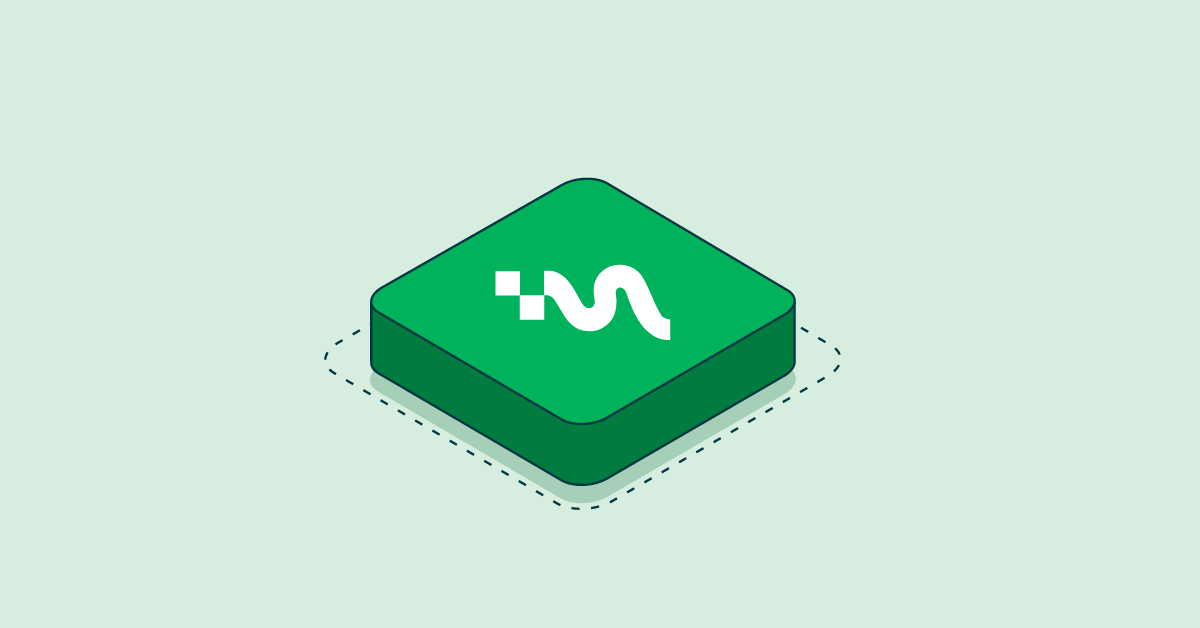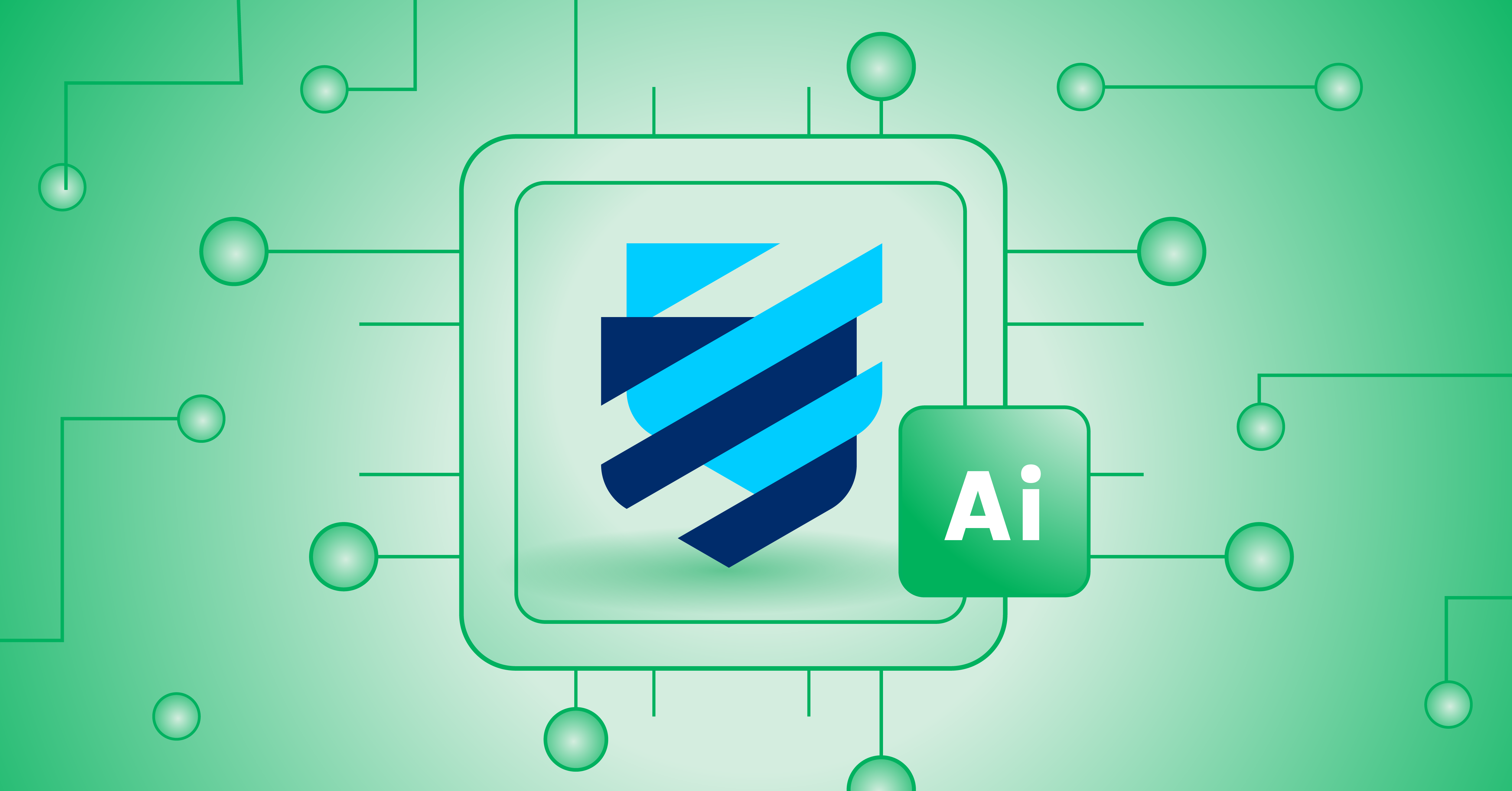- Sep. 6, 2024
- 5 min
B2B-Kundenportale in der Fertigungsindustrie: So messen Sie den ROI
Magnolia in Aktion
Unser Expertenteam zeigt Ihnen live, was Magnolia für Sie leisten kann.
Jetzt Demo buchenDie potenziellen Vorteile der Implementierung eines B2B-Kundenportals sind überzeugend: Unternehmen in der Fertigunsindustrie können ein Portal nutzen, um ihren Umsatz zu steigern und gleichzeitig die Betriebskosten zu senken.
Aber wenn Ihr Team einen Business Case für eine neue Portalimplementierung erstellen will, muss es mehr tun, als nur die wahrscheinlichen Vorteile aufzuzeigen. Sie müssen den erwarteten ROI sorgfältig bewerten. Die Implementierung eines Portals ist schließlich eine Investition in Zeit und Ressourcen. Sie müssen wissen, dass Sie deutlich mehr Einnahmen erzielen und die Kosten ausreichend senken können, um die Ausgaben zu rechtfertigen. Anhand einiger Zahlen und unter Berücksichtigung einiger wichtiger Entscheidungen können Sie und Ihr Führungsteam feststellen, ob ein Kundenportal für Ihr Unternehmen sinnvoll ist.
Berechnung des potenziellen ROI
Beginnen Sie Ihre ROI-Analyse mit der Definition Ihrer Geschäftsziele und der Ermittlung von Basisdaten. Notieren Sie die aktuellen Kosten für die Erreichung Ihrer Ziele ohne ein Portal. Arbeiten Sie sich dann methodisch durch die Implementierungs- und Betriebskosten. Nehmen wir an, Ihr Ziel ist es, die Kosten für den Kundenservice zu senken und den Umsatz mit Großkunden zu steigern. Hier ist ein Beispiel für mögliche Kosten:
Implementierungskosten für ein Portal (CapEx):
Entwicklung: € 160.000
Ausbildung des Personals: € 10.000
Aktivierungs-/Marketingmaßnahmen für die Einarbeitung: 30.000
Geschätzte Gesamtkosten für die Durchführung = 200.000 €.
Operative Kosten (OpEx):
Lizenzvergabe: € 25.000
Hosting und Wartung: € 12.000
Kontinuierliche Verbesserung: € 20.000
Verwaltung und Inhalt des Portals: € 30.000
Geschätzte operative Gesamtkosten = 87.000 €.
Gesamtkosten der Implementierung (CapEx + OpEx) = € 287.000
Vorteile
Voraussichtliche Steigerung des Online-Umsatzes: 400.000 € pro Jahr
Voraussichtliche Reduzierung der Kundendienstkosten: 50.000 € pro Jahr
Gesamtleistungen = 450.000 € pro Jahr
Diese Beispielrechnung zeigt erhebliche, greifbare Vorteile für die Umsetzung. Die Einführung und der Betrieb des Portals für ein Jahr würden 287 000 € kosten. Dieses Portal würde jedoch zusätzliche 400.000 € pro Jahr an Online-Verkäufen einbringen und gleichzeitig die Kosten um 50.000 € pro Jahr senken. Der Nettogewinn könnte allein im ersten Jahr 163 000 € betragen. Dieser Gewinn dürfte sich im zweiten Jahr noch erhöhen, wenn Sie die Investitionskosten ganz oder teilweise vermeiden können.
Bewerten Sie den ROI von B2B-Kundenportalen
Erfahren Sie, wie ein B2B-Kundenportal als Werttreiber für die Fertigungsindustrie dienen kann, und beginnen Sie mit der Entwicklung Ihres Plans für die Implementierung eines solchen Portals.
Bilanzierung von immateriellem Nutzen und Opportunitätskosten
Auch wenn sich Ihre ROI-Analyse auf quantitative Kennzahlen konzentriert, sollten Sie nicht vergessen, dass ein B2B-Kundenportal auch qualitative Vorteile bieten kann, die letztendlich Ihr Endergebnis verbessern. Ein besseres Kundenerlebnis durch ein Kundenportal kann zum Beispiel die Kundentreue erhöhen, den Ruf Ihrer Marke stärken und Ihre Wettbewerbsposition verbessern - und diese Vorteile können zu mehr Umsatz führen.
Umgekehrt sollten Sie die Opportunitätskosten bedenken, die entstehen, wenn Sie die Implementierung eines Kundenportals verzögern oder nicht durchführen. Wenn Konkurrenten vor Ihnen bessere digitale Erfahrungen anbieten, könnten sich Ihre potenziellen Kunden für diese anderen Unternehmen entscheiden.
Bewertung von Architekturentscheidungen
Wenn Sie mit der Planung für die Implementierung beginnen, müssen Sie einige architektonische Entscheidungen treffen. Da sich diese Entscheidungen auf die Implementierungskosten auswirken, können sie einen großen Einfluss auf Ihren ROI haben.
Einheitliche Plattform oder einzelne Anwendung?
Ihr Unternehmen könnte von der Integration eines B2B-Kundenportals mit Ihren Marketing- und Markenwebsites über eine einzige Plattform profitieren. Durch die Verwendung einer einzigen Plattform können Sie Inhalte leichter kanalübergreifend austauschen, was die Verwaltung von Inhalten rationalisieren und die Konsistenz von Omnichannel-Erlebnissen verbessern kann.
Wenn Sie sich auf die Automatisierung von Geschäftsprozessen konzentrieren, benötigen Sie möglicherweise einen zentralen Zugriff auf mehrere Dienste und Tools. Sie benötigen eine Plattform, die Ihnen hilft, Technologie-Stacks zu kombinieren oder mehrere Tools zu integrieren, um eine einheitliche Benutzererfahrung zu schaffen.
Sie sollten festlegen, ob das Portal als Einzelanwendung dienen soll oder ob Sie im Laufe der Zeit mehrere Portale und Tools im selben Technologie-Stack verwenden werden. Der Einsatz mehrerer Portale auf derselben Plattform kann Ihren Business Case stärken, da Sie die Betriebskosten auf mehrere Abteilungen verteilen können.
Monolithische DXP-Suite oder eine composable DXP?
DXP-Suiten bieten mehrere Tools von einem Anbieter. Sie scheinen zwar die Implementierung oder Verwaltung zu vereinfachen, haben aber auch einige erhebliche Nachteile. Zum Beispiel können einige der Tools der Suite fortschrittlicher sein als andere. Außerdem benötigen Sie vielleicht nicht alle Tools, müssen aber trotzdem für alle bezahlen. Und schließlich sind Sie mit der Wahl einer Suite an bestimmte Anforderungen gebunden. Es ist schwierig, Funktionen von Drittanbietern hinzuzufügen oder die Tools anzupassen.
Eine composable DXP bietet mehr Flexibilität. Sie können Best-of-Breed-Tools von verschiedenen Anbietern auswählen. Und Sie können Komponenten, einschließlich Microservices, hinzufügen oder entfernen, wenn sich Ihre Anforderungen ändern. Diese Flexibilität senkt die Kosten: Sie zahlen nur für das, was Sie brauchen.
Kaufen oder bauen?
Sollten Sie eine kommerzielle Standardlösung (COTS) kaufen oder eine individuelle Lösung entwickeln? Wenn Sie eine COTS-Lösung kaufen, können Sie die Implementierung beschleunigen, die Kosten kontrollieren, von den Erfahrungen anderer Unternehmen profitieren und auf bewährte Supportdienste zurückgreifen.
Aber vielleicht brauchen Sie Funktionen, die bei COTS-Lösungen nicht angeboten werden. Wenn Sie über eigenes Personal verfügen oder einen Partner haben, der das, was Sie brauchen, bauen kann, ist das vielleicht besser. Viele Unternehmen wählen einen hybriden Ansatz. Sie können z. B. eine CRM- oder E-Commerce-Lösung kaufen, dann aber mit einem Partner zusammenarbeiten, um eine flexible, zusammensetzbare Architektur aufzubauen.
Bei der Analyse Ihres ROI müssen Sie die Kosten des Kaufs mit denen des Aufbaus vergleichen. Und Sie sollten die potenziellen finanziellen Folgen eines Fehlers bedenken: Wenn Sie eine Lösung kaufen, dann aber zusätzlich etwas bauen, könnten Sie die Kosteneinsparungen und die Vorteile der Markteinführung durch den Kauf einer Lösung zunichte machen.
Messung des ROI nach der Implementierung
Ihre ROI-Analyse wird nicht aufhören, wenn Sie ein B2B-Kundenportal implementiert haben. Sie brauchen Möglichkeiten, den Erfolg des Portals im Laufe der Zeit zu messen und zu beweisen, dass es eine weitere Investition wert ist. So sollten Sie nicht nur bewerten, wie viele Kunden das Portal nutzen, sondern auch, wie gut das Portal die übergeordneten Unternehmensziele unterstützt. Mit der richtigen Strategie für die Nachverfolgung wichtiger Kennzahlen können Sie die greifbaren Vorteile eines Kundenportals für die Steigerung des Umsatzes und die Senkung der Betriebskosten nachweisen.
Erfahren Sie mehr darüber, wie Sie den ROI für ein B2B-Kundenportal bewerten und einen effektiven Business Case für die Implementierung eines Portals erstellen können. Lesen Sie das Whitepaper "Bewertung des ROI von B2B-Portalen für die Fertigung".









